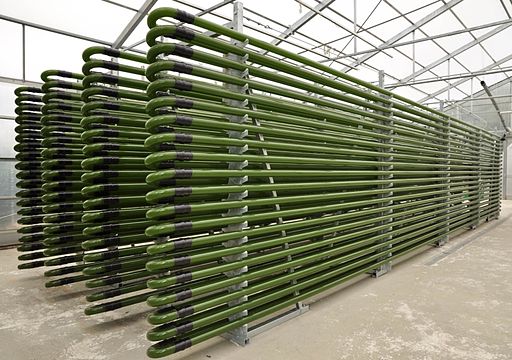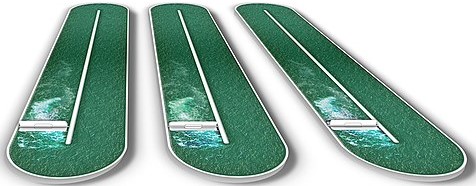Alternative Feedstocks
Alternative Feedstocks
In this lesson, algae and waste streams from households
or industries, such as municipal waste, landfill gases, or sewage sludge from
wastewater treatment, are introduced.
Several methods can be used to extract or separate oil from algae:
Alternative Feedstocks
Alternative feedstocks for biofuel production could gain importance in the coming years. This category mainly includes algae and waste streams from households or industries, such as municipal waste, landfill gases, or sewage sludge from wastewater treatment.Algae
Algae and microalgae come from freshwater and marine environments, where they grow in
water or sediment. Algae and microalgae are organisms that, like land plants,
perform photosynthesis, converting and sunlight into carbohydrates. Millions of
species are known worldwide. In addition to carbohydrates, they also produce
proteins and lipids (oils), including compounds such as enzymes, peptides,
toxins, or polymers (Chowdhury 2019). Since algae grow in water, they do not
require additional land resources and can even be cultivated in wastewater,
simultaneously performing tertiary wastewater treatment. These characteristics
make algae an attractive option for biofuel production. However, it should be
noted that significant amounts of water and nutrients are required to produce
substantial quantities of algae. Algae or microalgae can be produced in open
ponds outdoors, in closed ponds using a CO2 source, or in specialized transparent
photobioreactors.

The most common method for large-scale algae production is open water ponds, with systems that promote the circulation of CO2and nutrients. This method is simple but less efficient. Contaminants such as growth-inhibiting substances or unwanted algae can enter the system. Algae cultivation in photobioreactors is more complex and expensive but yields higher output and allows better process control.

Photobioreactor PBR 4000 G IGV Biotech by IGV Biotech (CC BY-SA 3.0)
The most common method for large-scale algae production is open water ponds, with systems that promote the circulation of CO2and nutrients. This method is simple but less efficient. Contaminants such as growth-inhibiting substances or unwanted algae can enter the system. Algae cultivation in photobioreactors is more complex and expensive but yields higher output and allows better process control.

Algal open pond design by Ivan Castilho, texts deleted (CC BY-SA 4.0)
Several methods can be used to extract or separate oil from algae:
- Physical pretreatments, such as grinding, microwaves, or high-pressure homogenization, disrupt the cell structure and release lipids. These methods are relatively simple to perform and do not require chemical solvents, but they can be energy-intensive and sometimes less efficient than chemical methods.
- Supercritical CO2 extraction uses CO2 under high pressure to dissolve the oil from algae cells. Supercritical CO2 is an environmentally friendly solvent as it is non-toxic and easy to remove. However, this method is expensive due to the specialized equipment and high energy consumption required.
- Extraction with organic solvents (e.g., n-hexane, chloroform, benzene, diethyl ether, or ethanol) is highly efficient for oil recovery and widely used in industrial applications. However, solvents pose health and environmental risks, so they must be handled carefully and removed after production.
Harun Chowdhury, Bavin
Loganathan, Israt Mustary, Firoz Alam, Saleh M.A. Mobin (2019): Chapter 12 - Algae for biofuels: The third generation of feedstock. In: Second and Third Generation of Feedstocks. The Evolution of Biofuels. 2019, S. 323-344